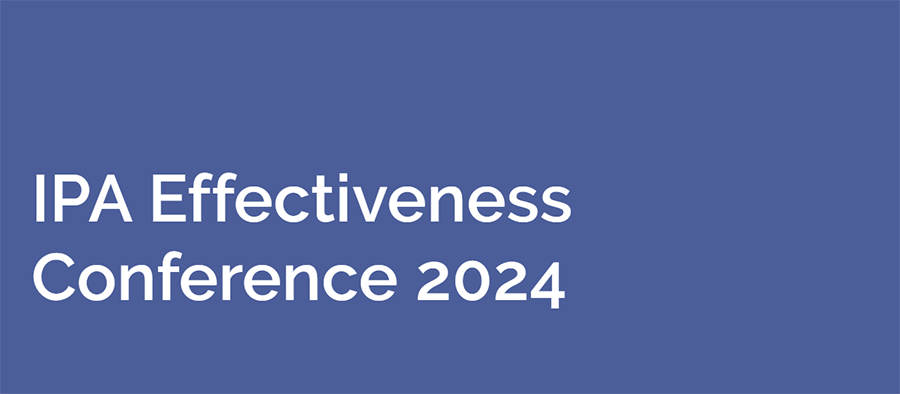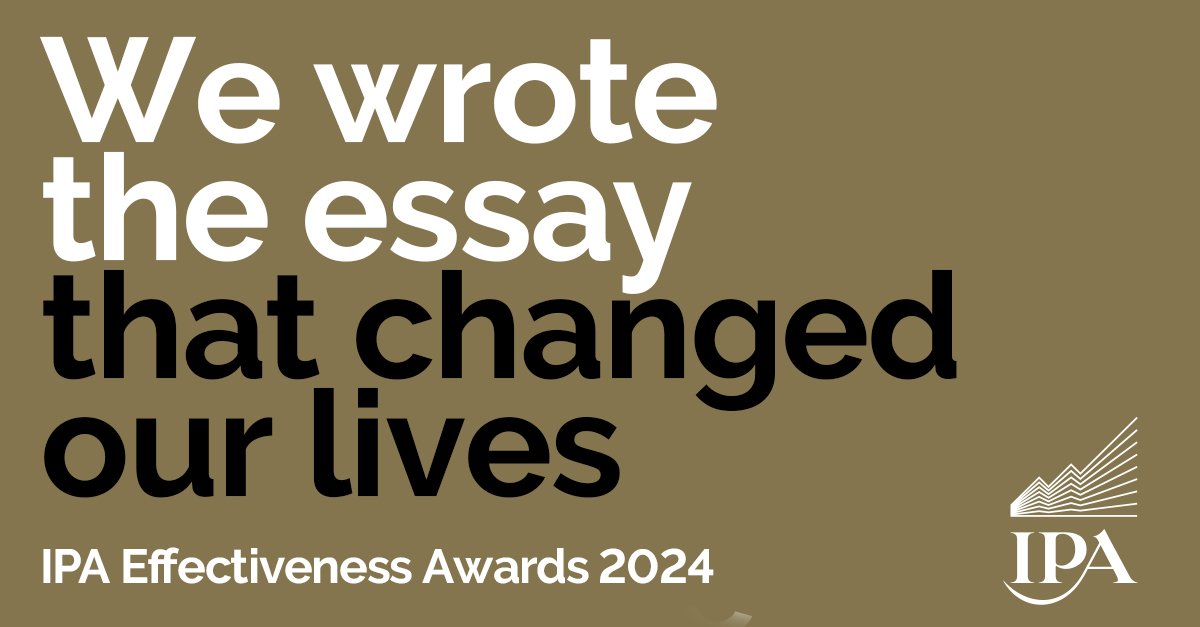We’re just one week in and the hype is real – Instagram’s sister app, Threads has already reached the major milestone of 100 million registered users. This explosive growth makes Threads the fastest growing app Meta has ever released.
Threads is described as ‘a new way to share text’, which sounds quite similar to Twitter, but what makes it different? Just like Musk’s app, Threads features short text posts that can be up to 500 characters (almost double that of free Twitter accounts) and can include photos, links and videos.
So far Threads has capitalised on widespread user dissatisfaction with Twitter’s chaos under Elon Musk. Musk’s changes on Twitter have included massive layoffs, the roll out of an $8 verified subscription, ad saturation, sporadic drops in key functionality, and a general ‘bad vibe’.
By contrast, Threads has spent its first working week enticing people in with promises of ‘kindness’ and community. A particular advantage of this new app is its direct link to Instagram, which allows users to bring across their existing usernames and existing followers, enabling them to instantly have a network. Consequently, this helps users to avoid the usual ‘cold start’ users usually face when joining a new app. It makes sense. When you move to a new town, it’s not like all your friends you had before disappear.
Celebrities like Kim Kardashian, Selena Gomez, and Simone Biles have jumped on the Threads bandwagon along with major brands like Spotify, Netflix, and Starbucks. It’s clear both influencers and companies see the new app as a hot opportunity.
How Threads differs from Twitter
On the surface, Threads looks very similar to Twitter, with its scrolling text timeline focused on replies and conversation.
But peer beneath the surface and the strategy diverges from Twitter’s news and politics filled ecosystem. Threads has made clear its priority is anything but news and politics. Early data shows news outlets have amassed just 1% of the followers on Threads versus their Twitter count.
Instead, the vibe is more light-hearted, inspirational, and flooded with memes. It’s like an Instagram skin on top of Twitter – or perhaps vice-versa – tailored to Meta’s strength with influencers given priority over hard news. This is a significant strategic difference. The secret of Twitter’s outsize influence in shaping the global conversation over the years – despite its relatively lower user base – was due to its first-choice status among journalists, politicians, and business and media professionals.
How Threads is set to evolve
While off to an undeniably hot start, Threads still needs work to develop its niche and develop an equivalent power base that can give it the outsize share of attention Twitter enjoyed in its prime. Key functionalities like search and hashtags are currently missing. There’s also no ability to customise your feed to just people you follow, so every user its still at the mercy of the algorithm. This loss of users’ personal control has been key to the fragmentation of social media in recent years. If it can come up with a fix and develop curated feeds that feel ‘more real than real’, Threads may be able to tie the social media landscape up into one neat bundle.
Beyond those technical considerations, sustaining growth and keeping people engaged long-term will be Threads’ real challenge. As a brand new platform, Threads have not shared any news regarding paid advertising options yet however, many brands have already joined it and are seeking first-mover advantage through those social media standbys of organic reach, authentic post-TikTok content, and the promise of going viral.
As all Meta owned platforms, the launch of paid advertising options is expected to come alive in the near future. However, until then the smart recommendation for brands is to is to join the platform organically, plan some posts that align with your current campaign priorities, and see what happens. This early, experimental phase is a huge part of the fun of any new social platform, so enjoy it while it lasts!
Questions remain over replacing Twitter
The timing of Threads’ launch to capitalise on Twitter’s tumult under Musk proved savvy. Although hard numbers are hard to come by, suspicion is rife Twitter traffic has declined since he took over and made some sweepingchanges, which are appealing to a hard core of users but is making safety-conscious brands nervous about investing advertising spend in such a volatile space.
Whether Threads can fully replace Twitter’s role in society remains uncertain. It has certainly made more progress faster than other vaunted Twitter-killers like Mastodon and Bluesky. Twitter has become deeply embedded as the go-to place for breaking news, politics, and global discourse. Recreating that ‘global public square’ feel and building a central hub for information flow and thought leadership is easier said than done. (As is destroying it.)
The verdict: Hot start but hard work ahead
To sum up, Threads is off to an undeniably impressive start as Meta’s latest move to dominate the social media landscape. But the app will need to keep rapidly evolving features and show it can build engaged communities that go beyond surface-level fluff.
The ingredients for success are there – massive existing user base from Instagram, user fatigue with Twitter alternatives, and perfect timing. But executing on the vision to create the next great social network requires more than meme-slinging influencers and brands. Threads has users’ attention for now, but keeping it long-term remains the real challenge.
It’s pretty clear that social is going through a bigger moment of upheaval than we’ve seen in years. If you want to talk to the experts about how this disrupts your strategy, just get in touch.




